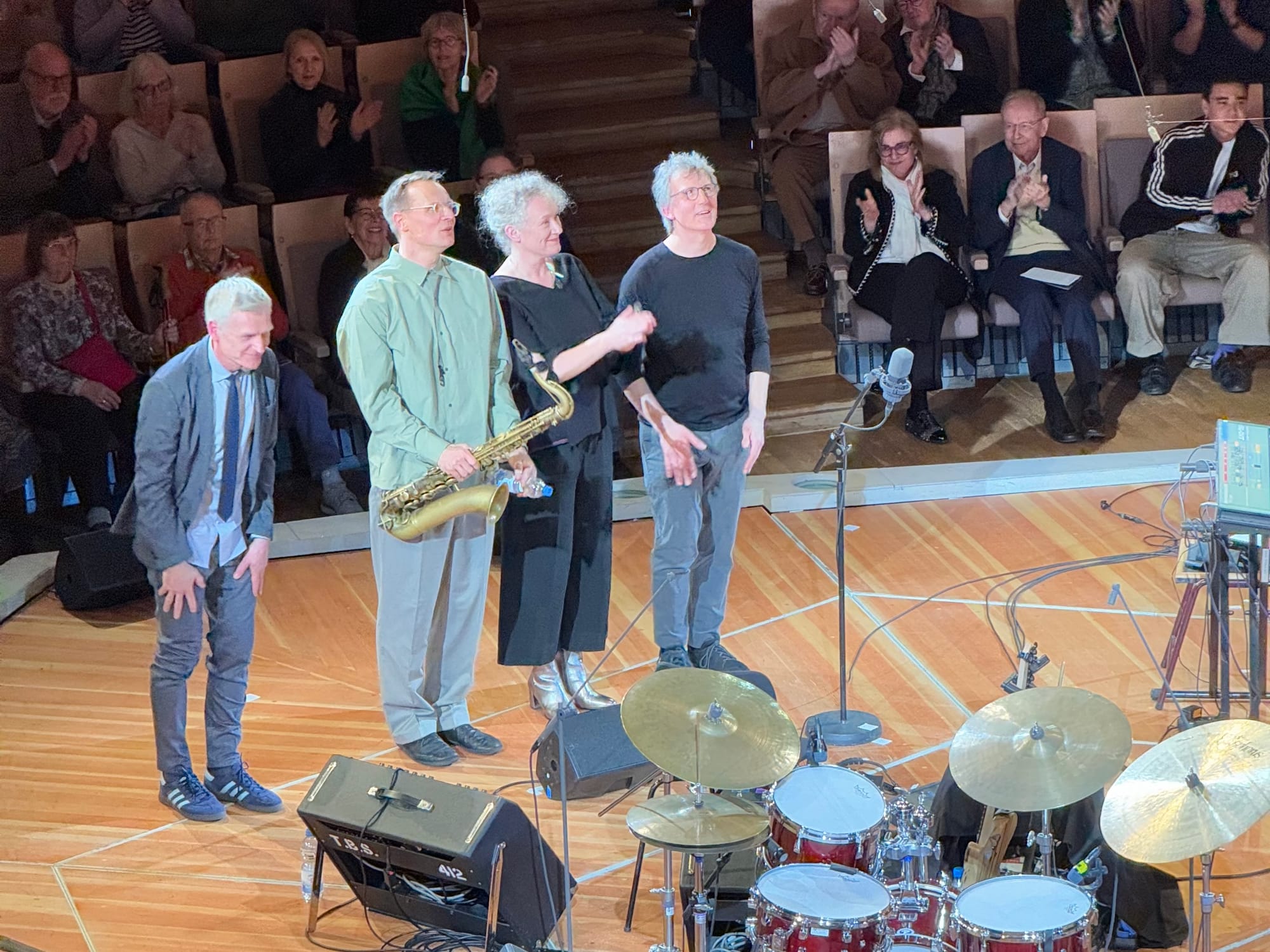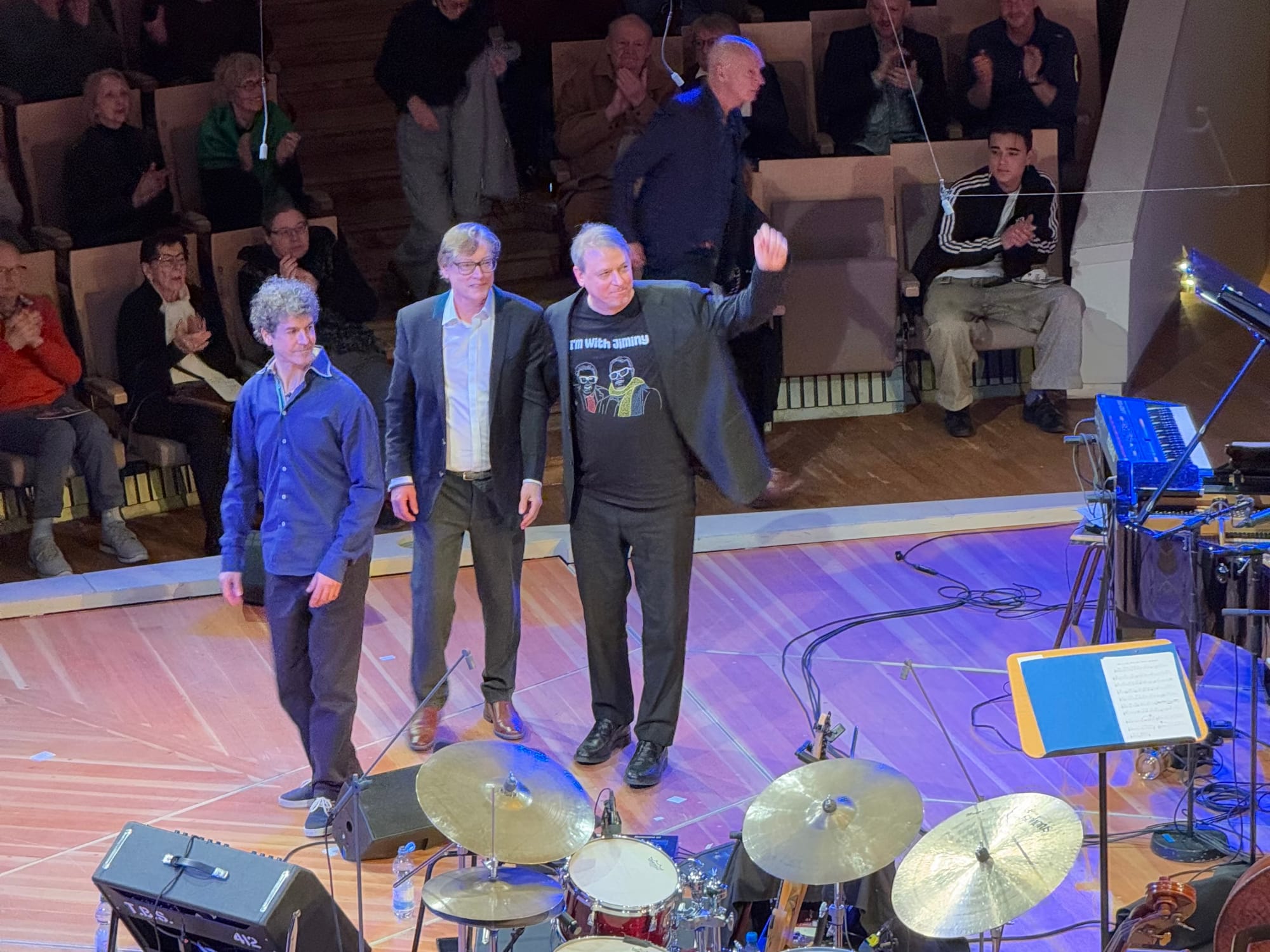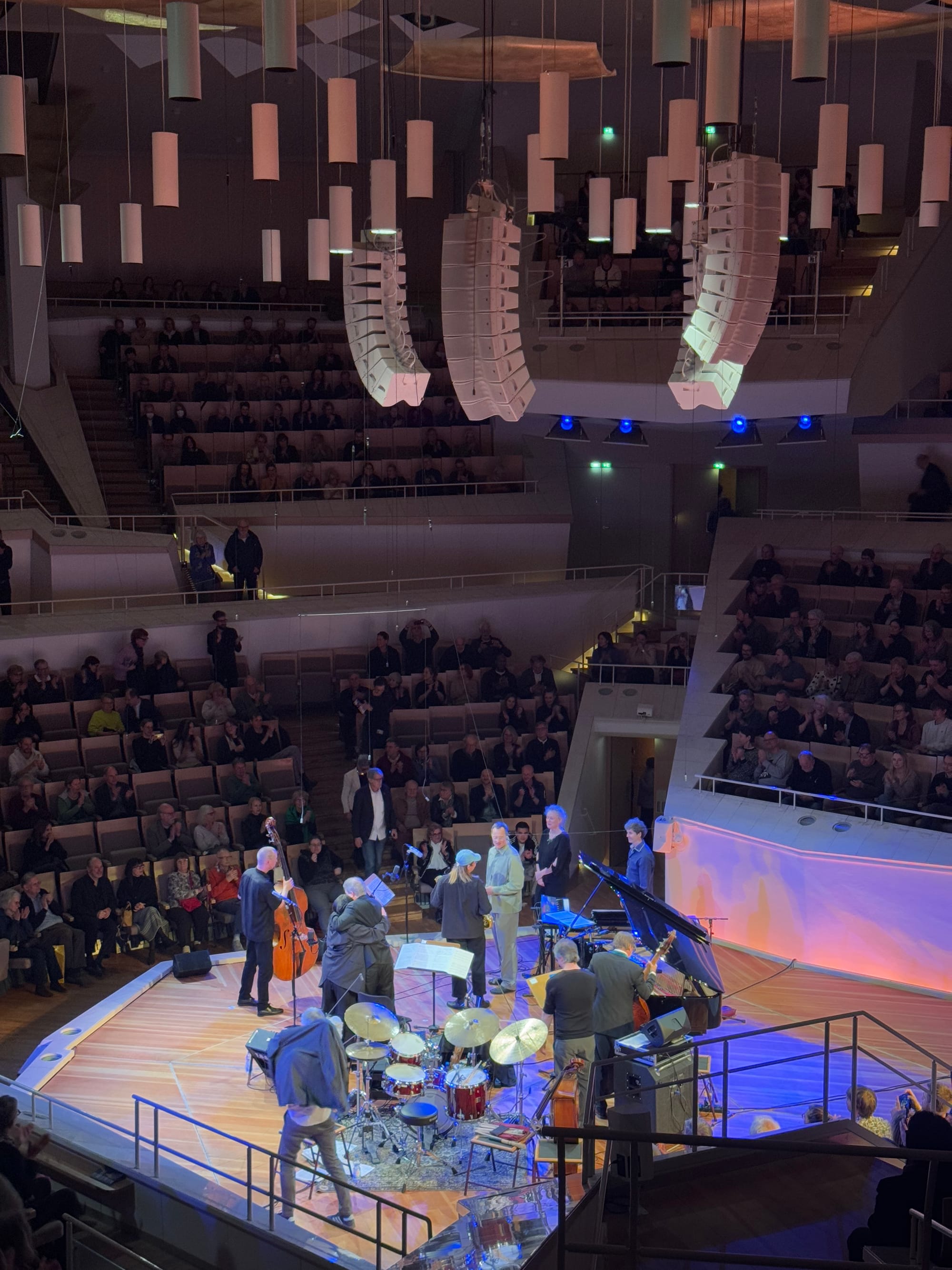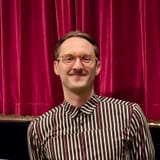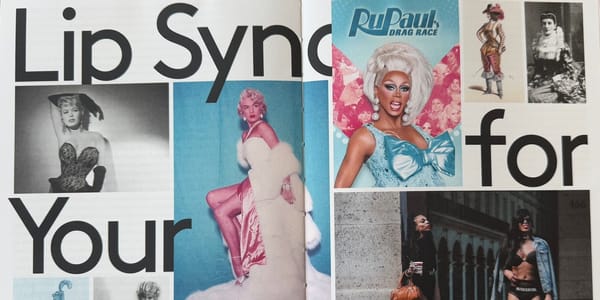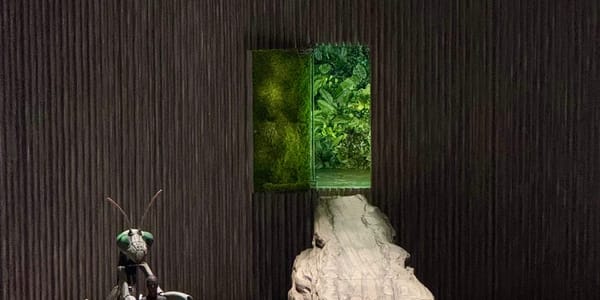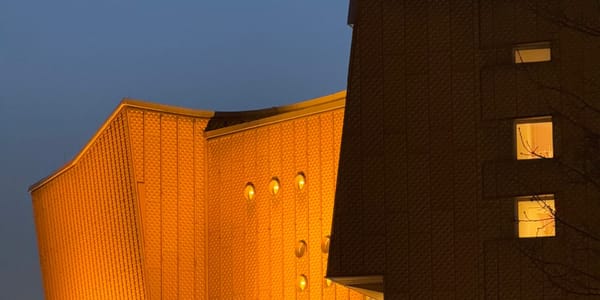"Berlin ‒ Berlin": Jazz at the Philharmonie Berlin
The program's music became an affirmation: of creativity, of community, and of the city’s promise that so much remains possible—and that so much is at stake.
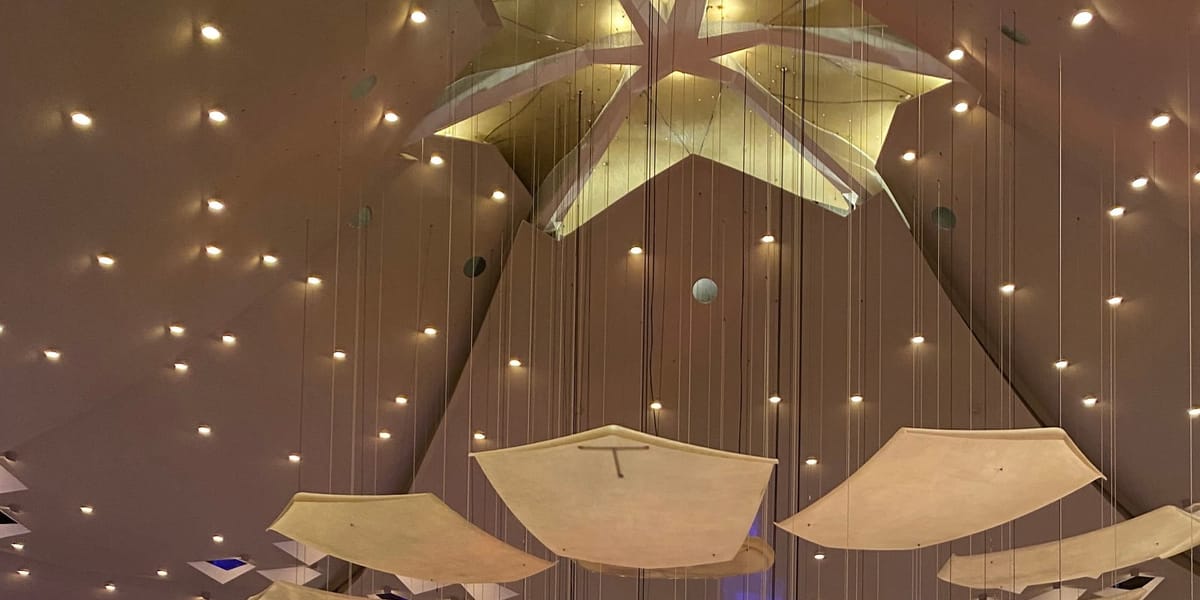
⭐️⭐️/4
🎷 Lucia Cadotsch Trio, Julia Hülsmann Quartet, Kurt Rosenwinkel Trio
🏛️ Kammermusiksaal, Philharmonie Berlin
🗓️ 08.03.2025
“KULTUR IST DAS, WAS BERLIN AUSMACHT”
Traversing the Berlin culture scene these days, it’s hard to ignore the budget cuts looming over it. Whether forming the plot basis of a modern operetta or employed as a warning sign when introducing a performance, many cultural events at the moment occur in the context of announced budget cuts by the Berlin Senate. While other cities are leaning into their creative industries (Hamburg famously increased their arts and culture budget by 11%), Berlin is letting the metaphoric chainsaw do the opposite.
In this (dim) light, this jazz concert at the Kammermusiksaal served as both a celebration and a quiet statement of resilience. The urgency behind such events—held in a city that thrives on its cultural richness—underscores just how deeply Berlin’s artistic scene is being shaken, and how integral it remains to what makes this place unique. The music, in turn, became an affirmation: of creativity, of community, and of the city’s promise that so much remains possible—and that so much is at stake.
The evening’s program, featuring three Berlin-based ensembles, reflected the breadth of the city’s jazz scene. Since my knowledge of jazz is incredibly limited, I’m paraphrasing from the website of the Berlin Phil as well as the program’s verbal introduction to illustrate the band ensembles: Speak Low, led by singer Lucia Cadotsch, offered an unpretentious and effortlessly smooth sound. The Julia Hülsmann Quartet showcased an intricate and nuanced style, embodying both the German jazz tradition and the impact of women in the genre. Finally, Kurt Rosenwinkel’s ensemble brought an international perspective, with Rosenwinkel—one of the most influential jazz guitarists of his generation—bridging the Berlin scene with the wider world of jazz. Each group had its own distinct instrumentation, yet a common thread remained: the bass as a grounding force throughout the night, with voice, saxophone, and piano weaving their own textures into the mix.
This was my first live jazz concert, and I found myself approaching it almost as a cultural study. As the music began, my first thought was: jazz is a language I don’t yet understand. Not just in terms of musical style—its rhythm, its atmosphere, its very foundation—but also in the rituals and conventions that shape its performance. Watching the musicians on stage, I couldn’t help but wonder: What are the genre’s unspoken rules? Why does the saxophonist step aside at times, giving others space? How does a bandleader shape the energy of a piece? When is applause encouraged, and when is it premature? And what about audience participation—should one simply listen, or is some head-bopping along expected? Knowing that there must be a sociological or even philosophical theoretical framework to my observations, a little post-concert research revealed Clifford Geertz’s concept of “thick description”: the idea that understanding a culture requires more than just observation; it requires immersion in its practices to reveal a deeper meaning in their specific contexts.
Despite the Kammermusiksaal’s size, the atmosphere felt remarkably intimate—an impressive feat for a hall of several hundred seats. I’ve never been to a jazz bar, but I imagine the mood to be similar, perhaps even cozier, and with a drink in hand (could’ve gone for a French 75 myself in that moment). The lighting design, shifting through warm and pulsating hues, added to the feeling of being transported somewhere else—somewhere smaller, somewhere timeless.
The evening culminated in an encore that brought all three ensembles together, offering a mesmerizing display of jazz’s improvisational nature. While I had struggled at times to discern what was fully rehearsed versus what was shaped in the moment—especially since some tracks performed were from newly-released albums—this final number made it undeniably clear: jazz is a conversation. Singer Lucia Cadotsch took the lead, seamlessly signaling the band when to let loose and when to rein it back in, much like a conductor with an orchestra—but looser, freer, allowing space for spontaneity. It was a striking reminder of how alive music-making is in jazz: a dynamic, in-the-moment process of listening, responding, and shaping sound together.
As I left, I found myself wanting to step into a real jazz bar—to listen, to learn, and to explore more of this world I only just started to understand. The concert was not just a musical experience but an invitation—one that I’m eager to take up.
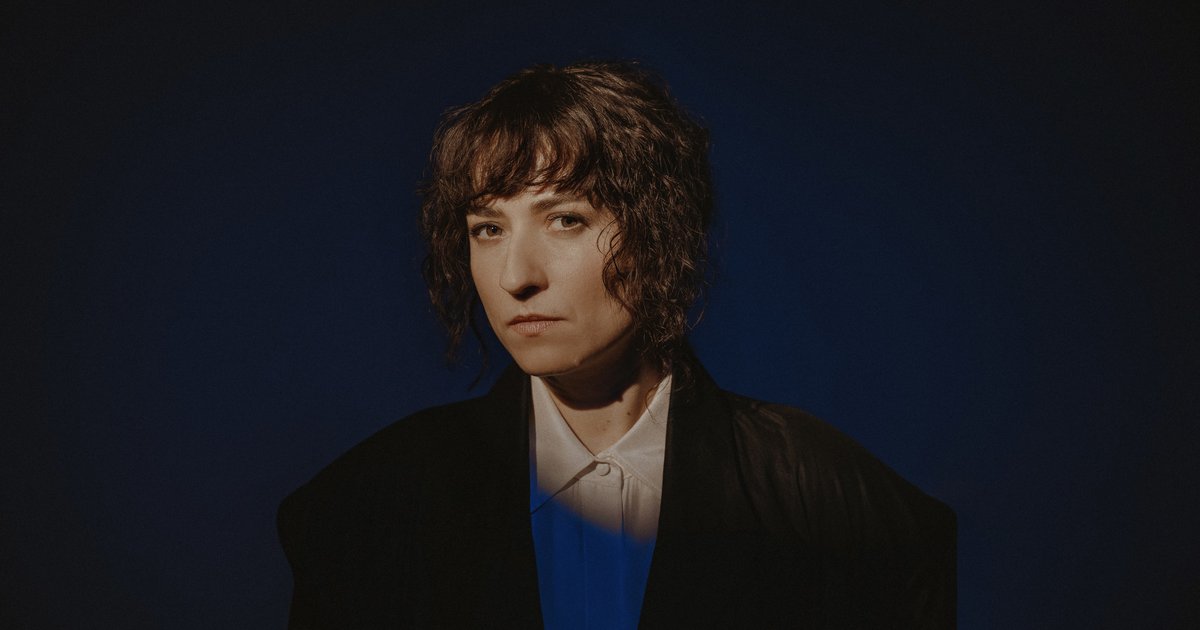
Artists
Lucia Cadotsch Trio "Speak Low":
Lucia Cadotsch vocals
Petter Eldh bass
Otis Sandsjö tenor saxophone
Julia Hülsmann Quartett:
Julia Hülsmann piano
Uli Kempendorff saxophone
Marc Muellbauer double bass
Heinrich Köbberling Drums
Kurt Rosenwinkel Trio:
Kurt Rosenwinkel guitar
Doug Weiss double bass
Nicola Andrioli piano

